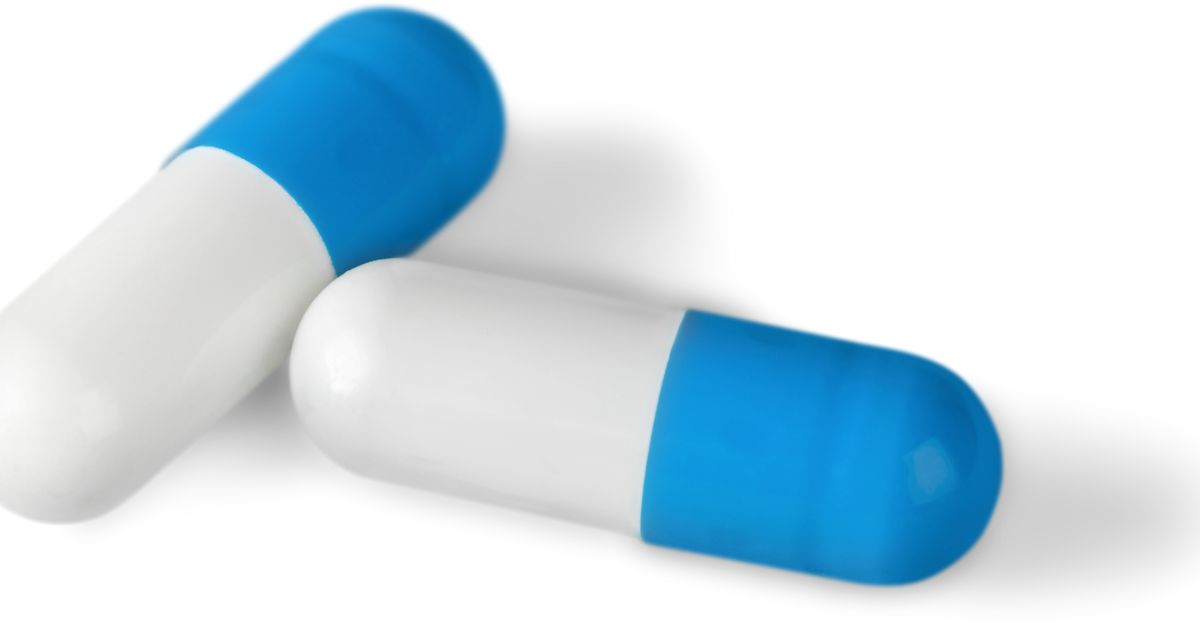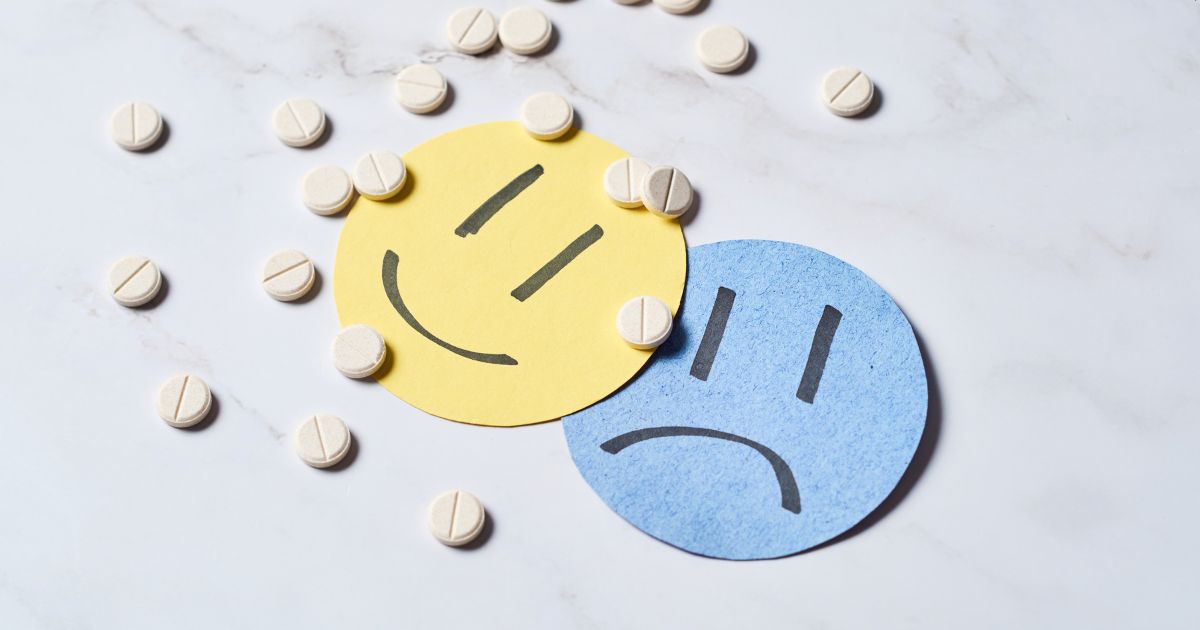Medication-assisted treatment, known as MAT for short, is a comprehensive approach to treating addiction. It combines the use of FDA-approved medications to manage symptoms and control cravings with counseling to address the underlying roots of addiction. It is primarily used for opioid and alcohol addiction but may also apply to other types of substance abuse.
The goal of MAT is to reduce cravings, alleviate withdrawal symptoms, and normalize brain chemistry, allowing individuals to focus on recovery without the overwhelming burden of physical dependence.
How Does MAT Help with Substance Abuse?
MAT provides much-needed relief from withdrawal symptoms and cravings so people can focus on their recovery. One of the main challenges in overcoming addiction is managing the intense cravings and withdrawal symptoms that occur when a person stops using drugs or alcohol. These issues can deter people from getting clean.
Medications used in MAT, such as methadone or buprenorphine (for opioids) and acamprosate or naltrexone (for alcohol), help to minimize or eliminate these symptoms, making it easier for individuals to maintain sobriety.
MAT can also prevent relapse. Some MAT medications, such as naltrexone, block the effects of opioids or alcohol by occupying receptor sites in the brain. This means that even if a person tries to use the substance again, they will not experience the euphoric effects. This serves as a deterrent and lowers the risk of relapse. By reducing the likelihood of relapse this, of course, reduces the likelihood of relapse.
Finally, for those not yet ready to stop using drugs altogether, MAT serves as a harm-reduction strategy. Providing safer alternatives to illicit drugs – like methadone in place of heroin, for example – reduces the risk of infection, overdose, and other complications.
Get confidential help from our addiction treatment specialists in Orange County. Call to join our rehab program today!
Call 866-881-1184What Substances Can MAT Help With?
Medication-assisted treatment can help with a variety of substance addictions. The two most prominent addictions MAT is used for are opioid addiction and alcohol addiction.
Opioids are exceptionally addictive and bring on a range of harsh withdrawal symptoms. People who are addicted to opioids and try to quit can experience flu-like symptoms, insomnia, severe nausea, and muscle spasms, among other issues.
Moreover, the severe cravings they experience after abstaining can prompt them to relapse, which can then lead to a fatal overdose due to lowered tolerance.
MAT for Opioid Use Disorder
MAT for opioid use disorder helps manage the intense cravings and painful withdrawal symptoms that occur when a person stops using opioids.
Methadone
Methadone is a long-acting opioid agonist, meaning it activates the same opioid receptors in the brain as drugs like heroin or prescription opioids, but in a controlled and sustained manner.
Methadone has been used for decades in medication-assisted treatment for opioid addiction treatment. It works by binding to the brain’s opioid receptors, which allows cravings to subside. Because it’s long-acting, it prevents the highs and lows of shorter-acting opioids like heroin.
Buprenorphine (Suboxone)
Buprenorphine is a partial opioid agonist, meaning it activates opioid receptors in the brain but to a much lesser degree than full opioid agonists like Methadone or heroin. This makes it a safer option for treating opioid addiction while still providing relief from withdrawal symptoms.
Like Methadone, it binds to the opioid receptors, but with a twist. Unlike methadone, it only partially activates them, meaning it has a “ceiling effect” that prevents people from taking more to reach that addictive euphoria state. It also displaces other opioids from the receptors, making it difficult for users to get high from other opioids while on buprenorphine.
Naltrexone
Naltrexone is an opioid antagonist, meaning it blocks opioid receptors in the brain rather than activating them. This prevents opioids from having any effect if they are used, which can help prevent relapse by eliminating the possibility of experiencing a high.
As a result, if a person tries to use opioids while taking naltrexone, they will not feel the usual euphoric effects. This makes opioid use unappealing and helps reinforce sobriety. Naltrexone can be administered as a daily pill or as a monthly injectable (Vivitrol), providing flexibility in treatment.
MAT for Alcohol Use Disorder
Another common application for medication-assisted treatment is for Alcohol Use Disorder (AUD). Alcohol withdrawal can not only be harsh but downright life-threatening due to symptoms like delirium tremens.
MAT can be an effective approach to helping individuals reduce or eliminate their alcohol consumption by managing withdrawal symptoms and cravings and preventing relapse.
Disulfiram
Disulfiram is a medication meant to discourage drinking by causing unpleasant reactions when alcohol is consumed. It was the first medication approved for the treatment of alcohol use disorder and works as a form of behavioral conditioning.
Disulfiram works by inhibiting an enzyme called acetaldehyde dehydrogenase, which is involved in the metabolism of alcohol. When a person consumes alcohol, it’s broken down into acetaldehyde, a toxic substance. Normally, acetaldehyde is quickly converted into a harmless compound. However, disulfiram prevents this conversion, leading to a buildup of acetaldehyde in the body, which causes extremely unpleasant effects, including:
- Nausea and vomiting
- Flushing of the face
- Sweating
- Headache
- Rapid heart rate
- Shortness of breath
These symptoms occur shortly after drinking alcohol and serve to deter further alcohol consumption.
Acamprosate
Acamprosate is a medication that helps restore the chemical balance in the brain that is disrupted by chronic alcohol use. It is used to support abstinence by reducing post-acute withdrawal symptoms and cravings.
Acamprosate acts on the brain’s glutamate and GABA systems. These are two key neurotransmitters that respectively stimulate and relax the brain’s neural activity. Chronic alcohol consumption alters these neurotransmitter systems, leading to a state of imbalance that contributes to cravings, anxiety, and insomnia.
It should be noted that Acamprosate doesn’t stop withdrawal symptoms but does help people maintain long-term abstinence by reducing restlessness, insomnia, and dysphoria.
Naltrexone
While an opioid antagonist, Naltrexone also functions as a medication-assisted treatment for alcoholism. It’s used to reduce both the desire to drink and the feelings of euphoria associated with alcohol consumption, helping to break the cycle of alcohol dependence.
Looking for quality substance abuse treatment that’s also affordable? South Coast accepts most major insurance providers. Get a free insurance benefits check now.
Check Your CoverageBehavioral Therapy and Medication-Assisted Treatment
Medication-assisted treatment is most effective in treating addiction when combined with behavioral therapies. While MAT helps manage the physical aspects of addiction—such as reducing withdrawal symptoms and cravings—behavioral therapies address the psychological, emotional, and behavioral components of addiction, helping individuals build the skills needed for long-term recovery.
CBT for Addiction
Cognitive behavioral therapy (CBT) is based on the idea that thoughts, feelings, and behaviors are interconnected. In addiction treatment, it helps individuals recognize and change negative thought patterns and behaviors that contribute to substance use.
The goal of CBT is to help individuals break the cycle of addiction by helping them gain control over their thoughts and behaviors, reduce cravings, and prevent relapse.
DBT for Addiction
Dialectical behavior therapy (DBT) is a take on CBT that emphasizes emotional regulation and mindfulness. It is especially useful for individuals with addiction who also struggle with intense emotions, self-destructive behaviors, or co-occurring mental health disorders like borderline personality disorder (BPD).
The goal of DBT is to equip individuals with skills to manage emotional turmoil and reduce impulsive, substance-seeking behaviors while fostering healthier emotional and social functioning.
Find Medication-Assisted Treatment for Addiction
If you or a loved one are seeking treatment for addiction, South Coast Behavioral Health is here to help. The first step in treating addiction is a medical detox. This means using drugs to manage withdrawal symptoms.
Our medical detox program in California is staffed by caring and compassionate professionals who can provide you with medications to manage your withdrawal symptoms.
At South Coast, we take pride in offering care that is closely tailored to specific issues. To that end, we offer gender-specific detox programs, with medical detox for men in Irvine, CA, and medical detox for women in Huntington Beach, CA.
After detoxing, proper treatment can begin.
Treatment for substance abuse takes place along an entire spectrum of care. Along that entire spectrum are various behavioral therapies, support groups, and the use of medically-assisted treatment (MAT).
These levels of treatment are, in order, as follows:
Residential Treatment in California
After successfully completing medical detox, you’ll receive inpatient treatment in Orange County, California. There, you’ll receive medically-assisted treatment and dual diagnosis treatment to deal with any cravings or co-occurring mental health issues you may be battling.
We also offer residential treatment facilities in Costa Mesa, Irvine, and Huntington Beach for those who desire gender-specific treatment. There, patients get round-the-clock medical attention and monitoring while living at the institution full-time.
In addition to individual and group counseling and medication management, you’ll also have access to leisure activities and family support services.
Partial Hospitalization in California
Most clients start substance abuse treatment with South Coast in our residential treatment program. After completing that, many desire something that still provides structure and support but with extra space and time to oneself. For that, we offer Partial Hospitalization in Newport Beach.
A step down from inpatient care but with more structure than conventional outpatient programs, partial hospitalization offers a good balance for those looking to ease back into normal life. Clients can receive care five to seven days a week for a number of hours each day, returning back to their homes in the evening.
This way, they can recover without putting their daily lives completely on hold, receiving intense therapeutic interventions like group and individual therapy, skill development, and medication management as necessary.
Intensive Outpatient Treatment in California
For those leaving inpatient residential treatment or partial hospitalization, intensive outpatient programs (IOP) are yet another gradual step forward on the road to recovery.
With a focus on group therapy, individual counseling, and education, clients undergoing Intensive Outpatient Treatment in Newport Beach can meet three to five days a week. Each session lasts three hours.
This level of care requires the least amount of attendance at treatment centers.
Start Today
If you or a loved one are struggling with addiction but wonder how long addiction treatment takes or have other questions about finding a treatment plan, call us at 866-881-1184 or contact us here. Our highly qualified staff will be happy to help give you an idea of what to expect from your addiction recovery timeline, verify your insurance, and assist with any other questions you may have about opioid dependence or substance use disorders.








